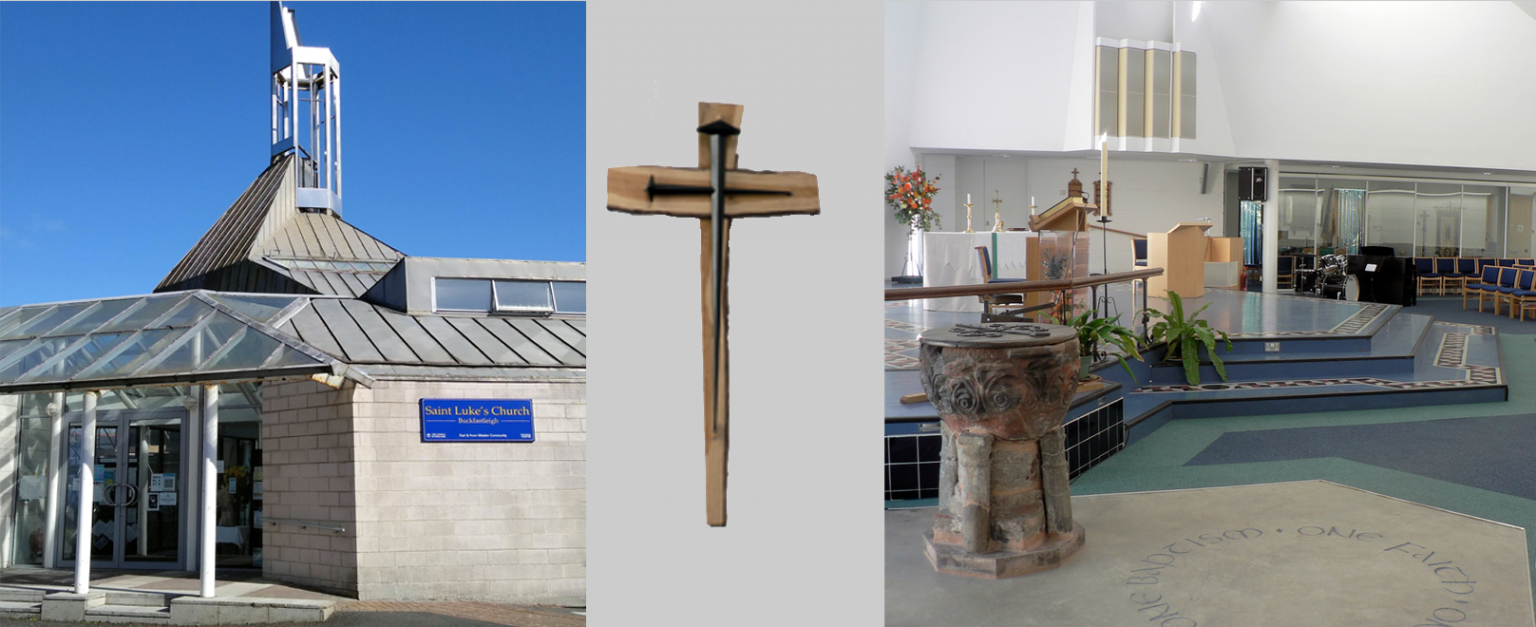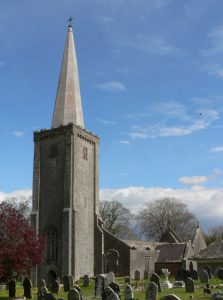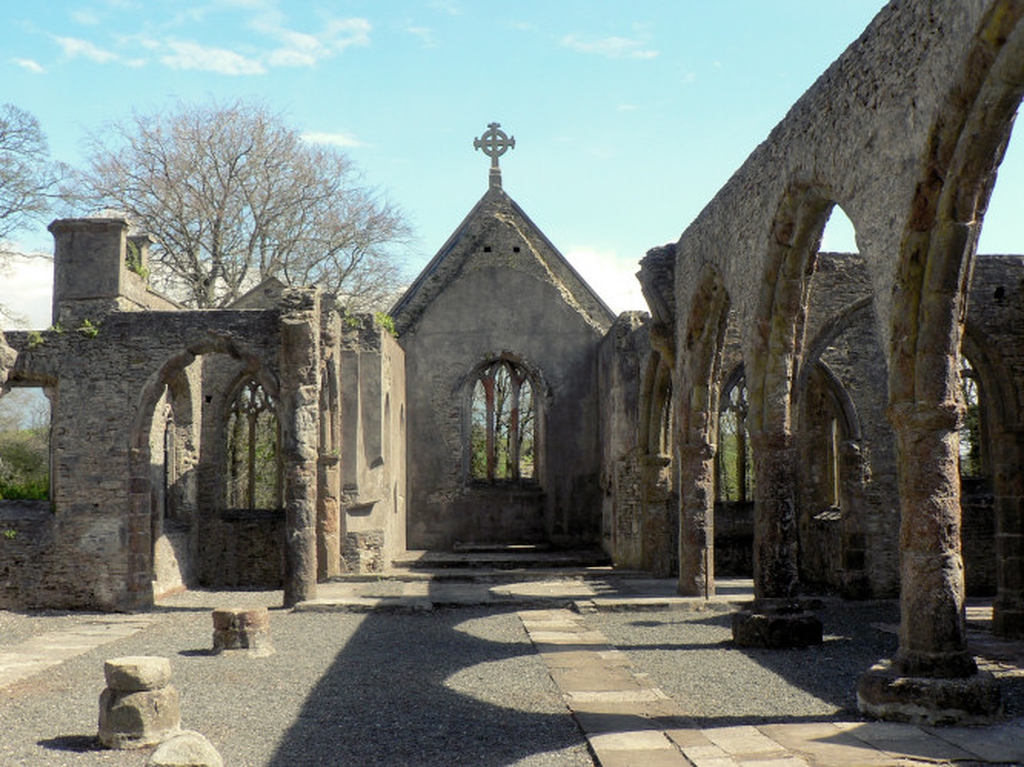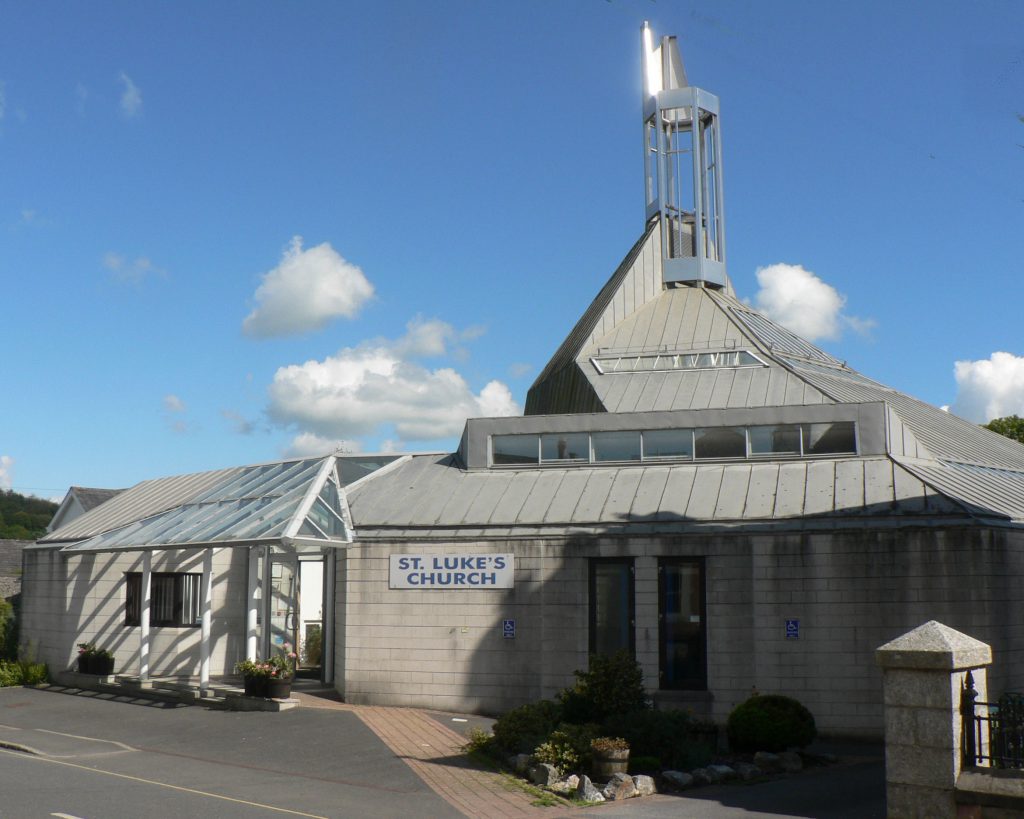
History
Early history
Archaeological investigations suggest that there was a church on the hill to the north of Buckfastleigh from early Saxon times. It has been suggested that this was where the original Buckfast Abbey stood, but opinions on this vary. We do know that the Abbey, which was originally founded in 1018, was rebuilt in stone on its present site next to the River Dart in 1147.
In the following century the church on the hill became the parish church of Buckfastleigh, under the name of Holy Trinity Church, and the earliest records show the first Vicar to be Walvanus, appointed by the Abbey in 1263 or 1264.
The first St Luke’s Church
The town of Buckfastleigh, however, developed in the valley where water from the Dean Burn and the River Mardle was available for the wool trade, which was of great importance in the following centuries. This left the Parish Church well away from the centre of population, and increasingly this was felt to be a problem. So in 1858 the decision was made to build a chapel-of-ease in the town.
However, it seems that sufficient funds were not immediately available, and the idea was dropped for some time. But then in 1892 the proposal was revived, and so in 1894 a simple church building, the old St Luke’s Church, was opened on the present site in the centre of Buckfastleigh. This then served alongside Holy Trinity Church for the next 100 years, with various improvements to St Luke’s being made from time to time.
For a picture of a history booklet of the old St Luke’s, please click here.
From the old to the new
In 1992 Holy Trinity Church was severely damaged by fire, believed to be the result of an arson attack.
After the fire, the tower and steeple were restored and the bells rehung, but the main body of the church was left without a roof.
(For the latest developments on this, please see below).
The church and its churchyard are in an attractive setting and the site is well worth a visit. The graveyard at Holy Trinity is still used for burials, usually following a service in St Luke’s Church. (See the Holy Trinity page for more details of the site as it is today).
(Please click on the images for an enlarged picture)
After the fire the decision was made in 1997 to demolish the old St Luke’s Church in the town centre, in order to build a modern parish church on the site to serve all the people of the town. The Rev John Rowland, the vicar at the time, led the church through this very difficult process and the subsequent work of building up the congregation in the new setting. However, while it was undoubtedly right to invest in St Luke’s, rather than to repair Holy Trinity, the decision to go for a complete rebuild proved controversial, and unfortunately there were failings in the design and construction of the new building.
Building took place from May 1999 to September 2002, during which period the congregation met for worship in the primary school on Sunday mornings, and at other times were helped by our good friends in the Methodist Church.
The consecration of the new church building took place on October 13th 2002 by the Bishop of Exeter, Michael Langrish.
In the new church
The design started with the wish to seat people closer to the communion table, and so instead of the mediaeval long narrow church we have a hexagonal shape.
A side chapel, which includes a war memorial, a lounge and a small prayer chapel abut the main worship area.
The reconstructed font from Holy Trinity (believed to be Norman) and stained glass windows from the old St Luke’s were incorporated in the new building.
On the lower floor, beneath the church, we have a large hall and meeting rooms. Most of the rooms are available for hire, as well as being used by the church.
The new church is a very adaptable building, though with increasingly severe water-ingress problems which we are currently having to deal with – see below and see a note on the News & Diary page for more details.
The new Mission Community, the Foodbank and the pandemic
In summer 2014 we, together with the 4 churches of Dean Prior, Landscove, Staverton and Littlehempston, became the Dart Valley Mission Community, and then in November 2018 this together with the parishes of South Brent and Rattery became the Dart and Avon Mission Community. (Mission Community is the term used in Exeter Diocese for what may be called a team ministry elsewhere).
During this period, with the Rev Tom Benson as incumbent, the church started a foodbank, and this was of huge importance during the Covid pandemic, allowing the church to become the main resource centre for the town of Buckfastleigh.
Following the pandemic, Sunday worship resumed and other activities started up again, but inevitably some aspects of the church’s life have changed. But we go forward in faith!
Present day problems
However, on the negative side we are hitting major problems with the church building.
As said above, St Luke’s increasingly lets in the rain, and we have a growing number of buckets catching the drips in various places, and this is causing structural damage.
The future of the building is unclear at present as re-roofing would be a huge job and enormously expensive. Various options are currently under active consideration – see the News & Diary page.
Also, less drastic, it was found in late 2019 that the tops of the walls of Holy Trinity Church are unstable, and notices have been placed at the entrances saying “Do not enter the building”. However, the tower is unaffected, allowing bell ringing to take place.
Away from the building, the graveyard remains safe to visit.


